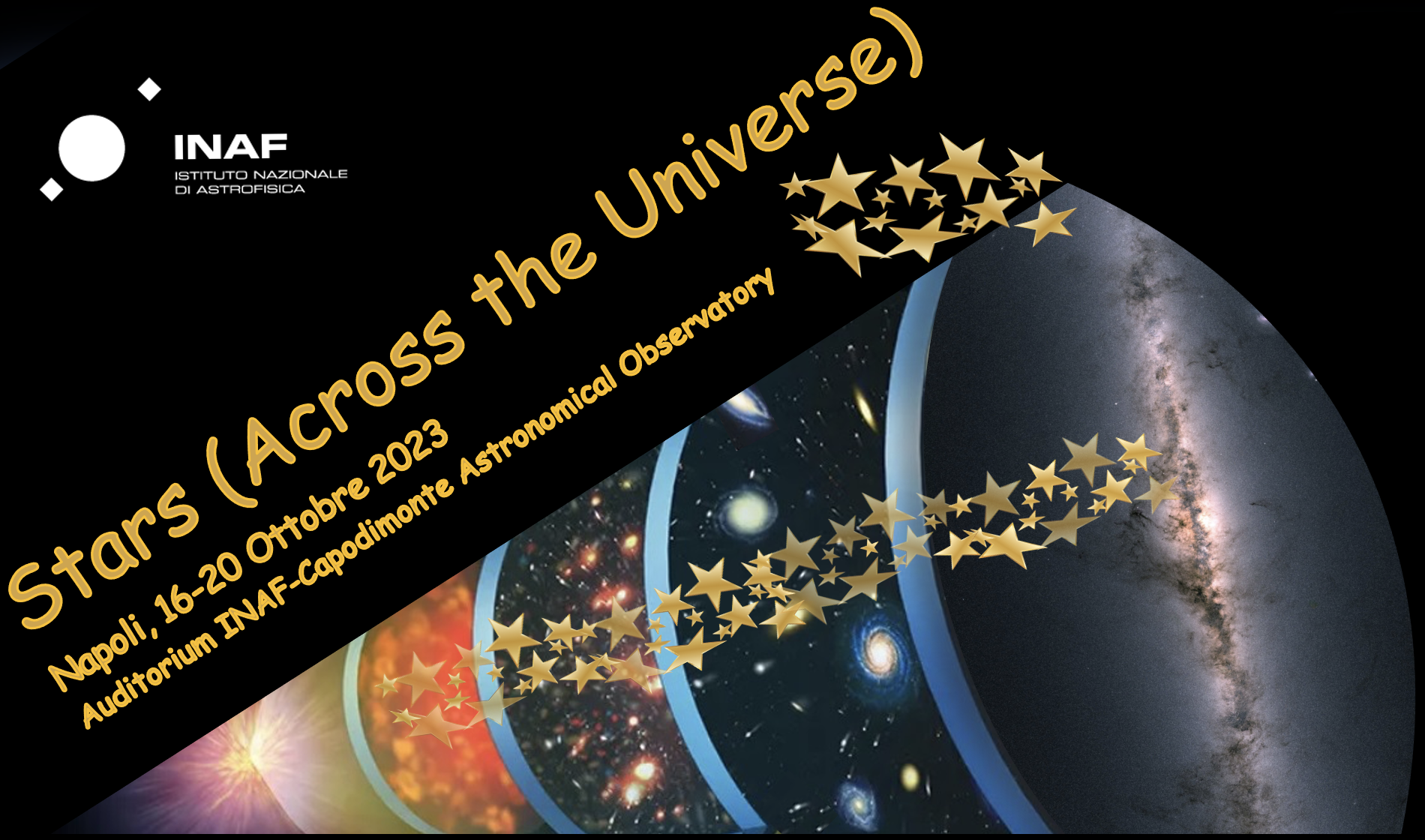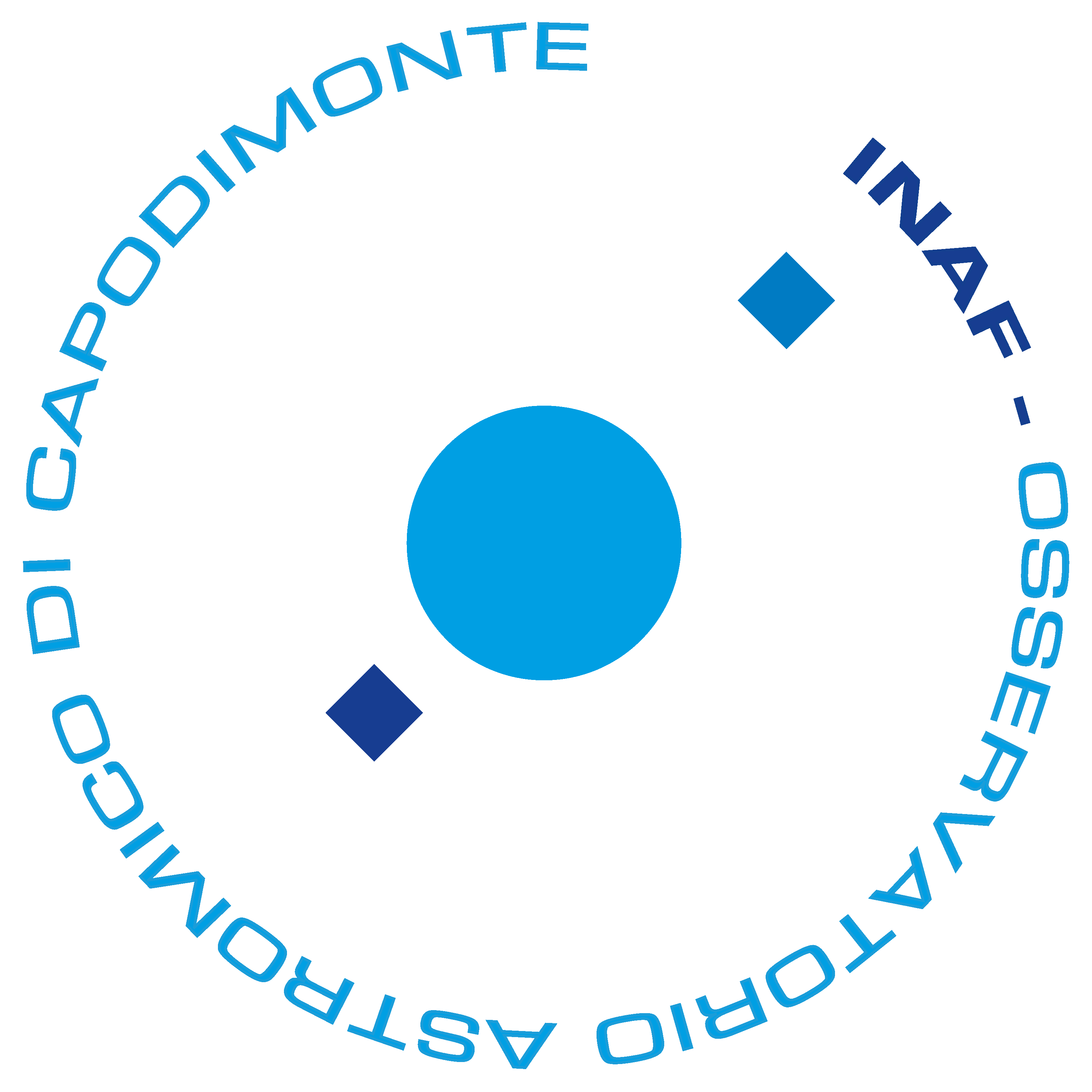
– Scientific rationale
The Italian scientific community has a long and outstanding tradition in Stellar Astrophysics and Stellar Populations, with worldwide leading positions in many key fields, like, e.g,. stellar evolution and pulsation models, star clusters, nucleosynthesis, chemical evolution, and others. In the last two decades, the advent of large photometric and spectroscopic ground-based surveys, of the ESA-Gaia mission, and the great development of asteroseismology have revolutionised the field. This has brought a significant transformation in terms of techniques and methods to reach both long standing and newly identified science goals, with a new generation of scientists taking the scene.
Given that twenty-five years have passed since the last general meeting of the Italian stellar astrophysical community (Carloforte in 1998), we believe that a conference bringing together the whole stellar (but not only) community is long overdue. This is meant to be an opportunity to discuss the present and the future of our science, offering updates on the status of current and upcoming projects, showcase the latest results, and promote new collaborations and ideas, representing an ideal setting for different generations of scientists in the field to meet.
The meeting will be focused on science. The maximum participation will be promoted by planning only 15m + 5m contributed talks, leaving ample space for discussion. Early career scientists are especially encouraged to submit an abstract. We also encourage the presentation of posters, whose exhibit will take place close to the room where buffet lunches will be served, to foster informal discussion during lunch time. While the main goal is to facilitate the interaction of the Italian stellar astrophysical community, the meeting welcomes scientists from any country.
– Scientific focus
Stars and stellar populations in the field, in star clusters and in nearby galaxies; stellar physics; stellar models; asteroseismology; variable stars and distance scale; stellar ages; Galactic archeology; local Universe; chemical abundances, chemical evolution and nucleosynthesis; kinematics and dynamics of stellar systems; new surveys, space missions, space and ground-based instrumentation.

